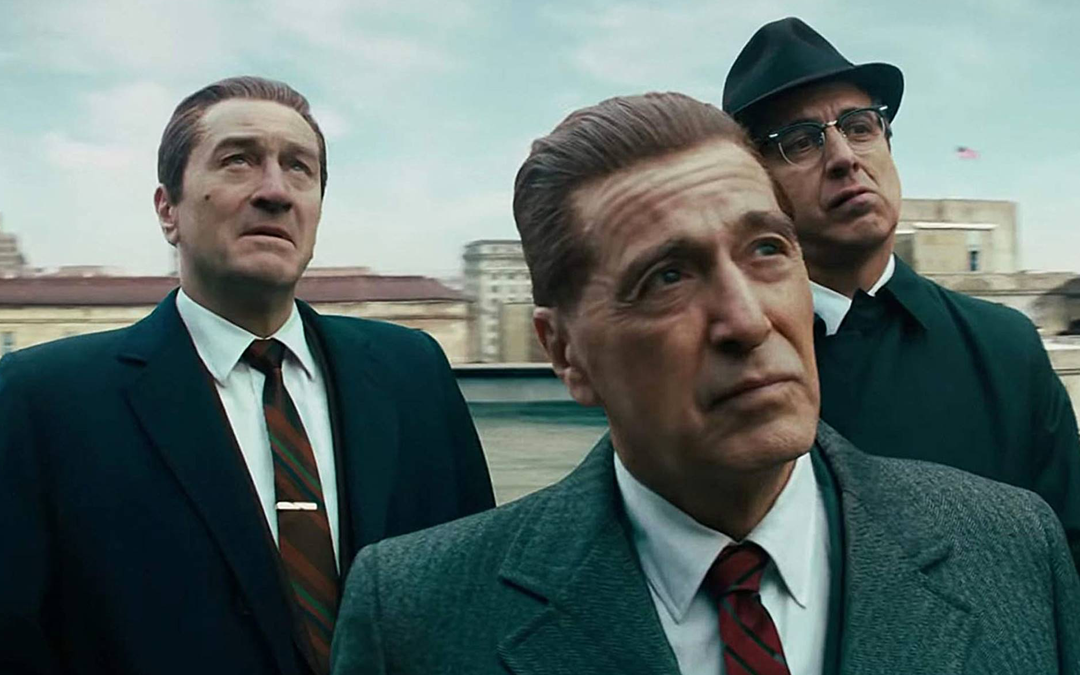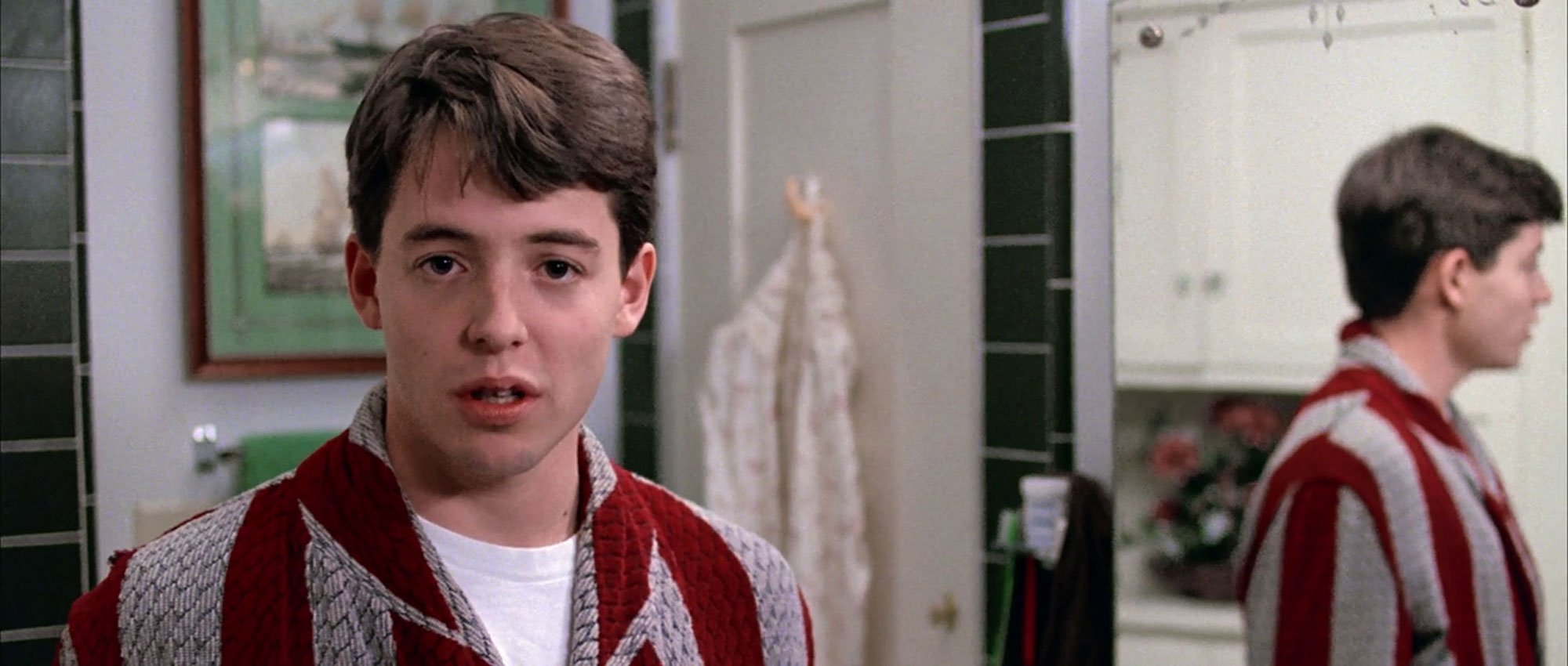The Frame Story and the Flashback
April 5, 2016
Flashbacks can be utilized for several reasons in a script. If you want to reveal a plot point from the past or something about a character that needs illuminating, a flashback might be the best route to take. Sometimes this storytelling technique can become a crutch, but if executed properly, a well-thought-out flashback can be a very effective narrative technique.
Sometimes the majority of our story takes place in the past, in which case another technique is commonly used:The Frame Story
This is a narrative device that dates back to the beginning of storytelling. We’re introduced to a character who tells us a story and then we flashback and watch the story unfold. In most cases, the story within the story is the bulk of the film, and we don’t return to the narrator until the climax or conclusion. One of the most straightforward uses of this technique is Forrest Gump. The film begins with Forrest sitting on a bench and he begins to talk to someone sitting next to him about his life. The story is then told in a series of flashbacks, periodically returning to Forrest on the bench.
Citizen Kane is perhaps the most famous frame story in cinema. The film begins with the death of Charles Foster Kane who mysteriously utters “Rosebud”. A reporter subsequently investigates numerous people from Kane’s life to discover the identity of “Rosebud”. It’s in these interviews that the characters reveal their past experiences with Kane and flashbacks are utilized to do so. This more direct use of the technique, though effective, can seem a little quaint by today’s standards. As such, it might be a good idea to experiment with the frame story in non-traditional ways.
Fight Club utilizes the frame story technique, but there’s a twist. We open with Edward Norton’s character with a gun in his mouth and his voice over. We then flashback and the story unfolds. Norton’s character, however, is proven to be an “unreliable narrator” and what we thought we were seeing at the start of the film isn’t exactly the case when we return to that moment. The Usual Suspects likewise has an unreliable narrator in Kevin Spacey’s character, who spins the film’s story when questioned by an FBI agent. Akira Kurosawa’s Rashomon gives us not one, but various characters telling the story of a samurai’s death and the rape of a woman. All of their accounts are contradictory and suspect. And every time one of these characters tells their story, the film flashes back and we see an alternate version of the events play out.
Classic film noir often used the frame story technique, but not always accompanied with a flashback: It’s the narrator telling the story via voice over from some later time and location never revealed. This is another technique that seems quaint by today’s standards. If a character is telling a story within a story, it might be wise to make that character an unreliable narrator or expand the parameters of the frame story. Wes Anderson’s 2014 film, The Grand Budapest Hotel, tells a story within a story within a story within story. The film starts off in the present with a girl in a cemetery clutching the book, “The Grand Budapest Hotel”. We then flash back to 1985 and the author starts telling a story. We then flash back to the author as a younger man in 1968, in which he meets the hotel’s owner, who begins to tell a story. We then flash back to 1932 and the bulk of the story is finally told. In most cases, however, the majority of our story isn’t in the past. It’s in the present. But there’s something vital hidden in the backstory. This is when it might be time to utilize another narrative device:
The Isolated Flashback
This doesn’t mean a prologue that takes place in the past. It’s not a flashback if it’s not flashing back from a later time period. It’s simply a first part of the story being told in chronological order. A true flashback needs to be framed by a proposed present. And unlike a frame story, it’s just one crucial moment in which we flash back to reveal something important about the plot or character. Sometimes in a mystery this will happen towards the end of the film to reveal the true story of what happened. In the film adaption of Tennessee Williams’ Suddenly, Last Summer, Elizabeth Taylor’s character suffers from a repressed memory, which she finally recalls at the film’s climax. As we hear her voiceover we see the harrowing events from her past unfold. The use of the voiceover might seem a little on-the-nose today, but the visuals are still important. What we see is more powerful than words. One of the best uses of this technique is in Casablanca. After establishing Bogart’s character, Rick, as a tough, cynical man, we discover in the second act, the reason for his cynicism. A woman from his past reenters his life and he reminisces about their love affair in Paris. This is executed rather economically via a flashback. And it’s not just quicker this way, it's more emotional because we see them in love, rather than being told.
A more modern and very effective use of the isolated flashback can be found in Crouching Tiger, Hidden Dragon. It’s through this sequence we learn of a secret love affair between Zhang Ziyi’s character Jen and the bandit Lo. If this was a prologue rather than a flashback, it would have robbed the first act of much of its mystery and intrigue. If it was simply told rather than shown, again it wouldn’t have the same emotional resonance. Building a story is not unlike architecture, if you put one part in the wrong spot, it can effect the whole structure. Director Ang Lee and screenwriter James Schamus were very conscious of their narrative choices. There was thought and method. As such, what could have been a very “by the numbers” martial arts film became a critically acclaimed classic that transcended genre. You can also have multiple flashbacks in a non-frame story. But then we’d be veering towards non-linear storytelling, and that’s a discussion for another time...
Written by: Edwin Cannistraci
Edwin Cannistraci is a professional screenwriter. His comedy specs PIERRE PIERRE and O’GUNN both sold with more than one A-list actor and director attached. In addition, he’s successfully pitched feature scripts, TV pilots and has landed various assignment jobs for Universal, Warner Bros, Paramount and Disney.



